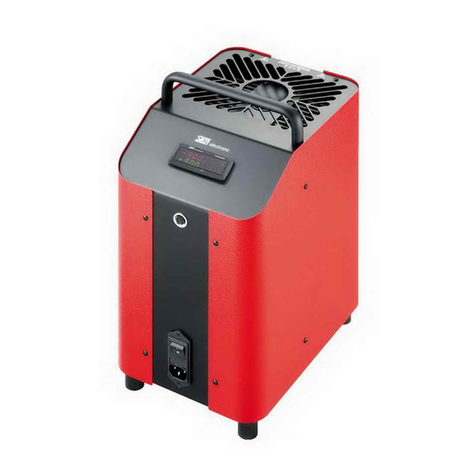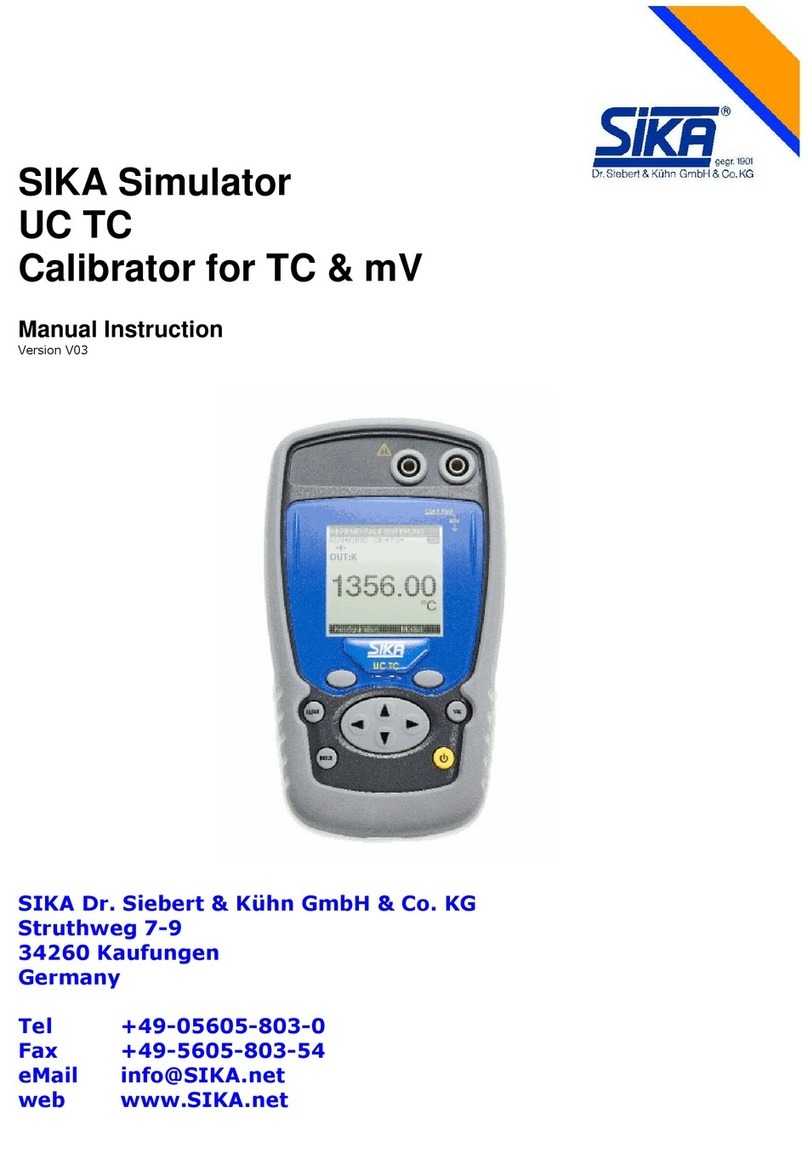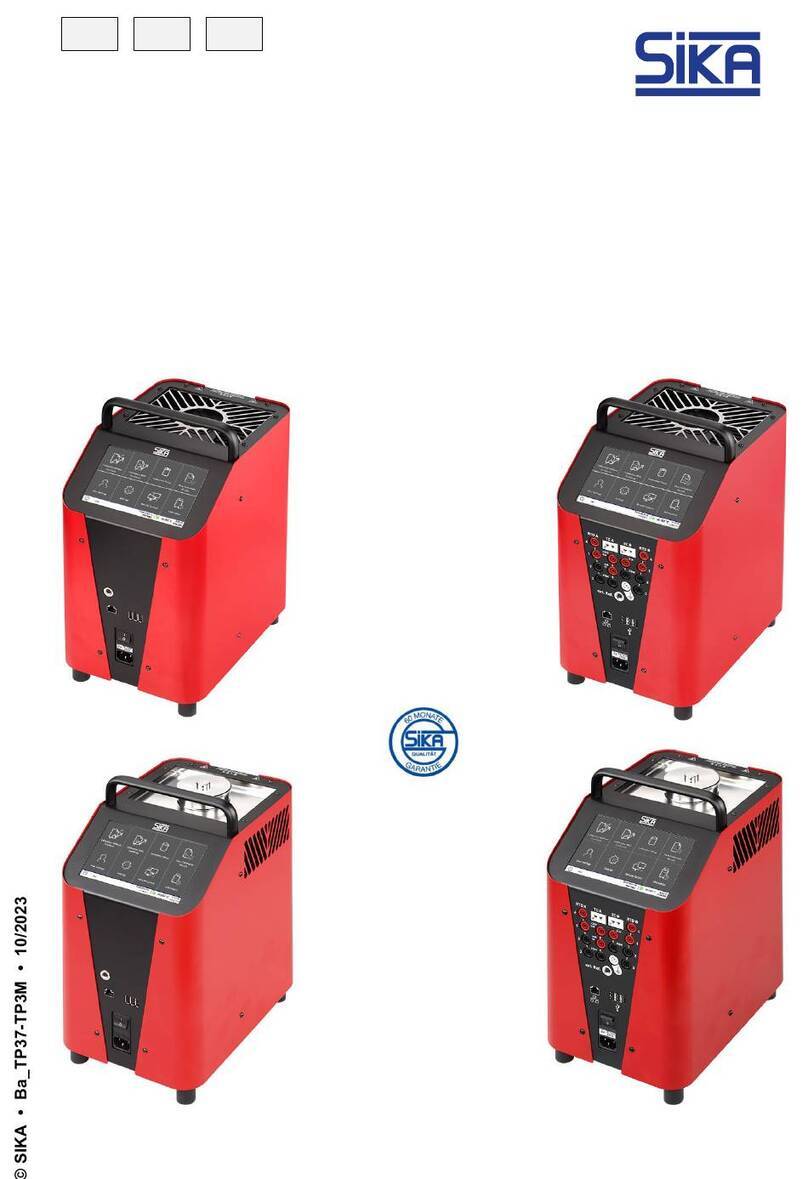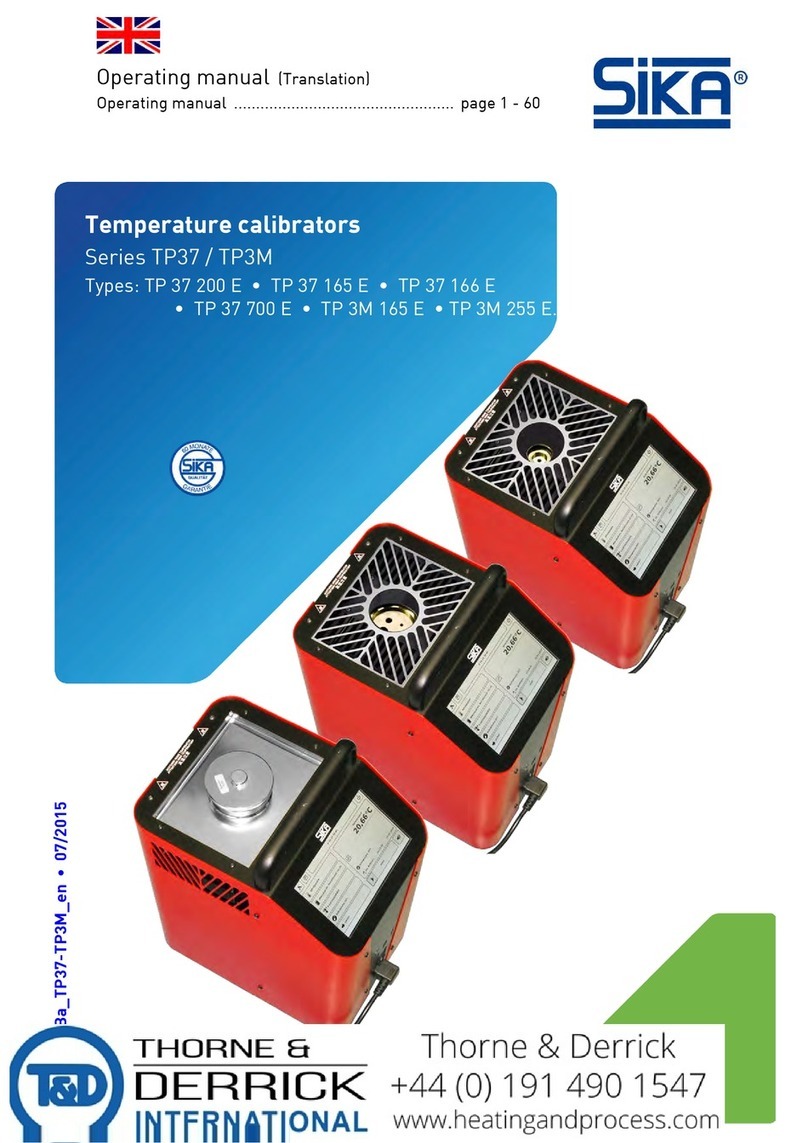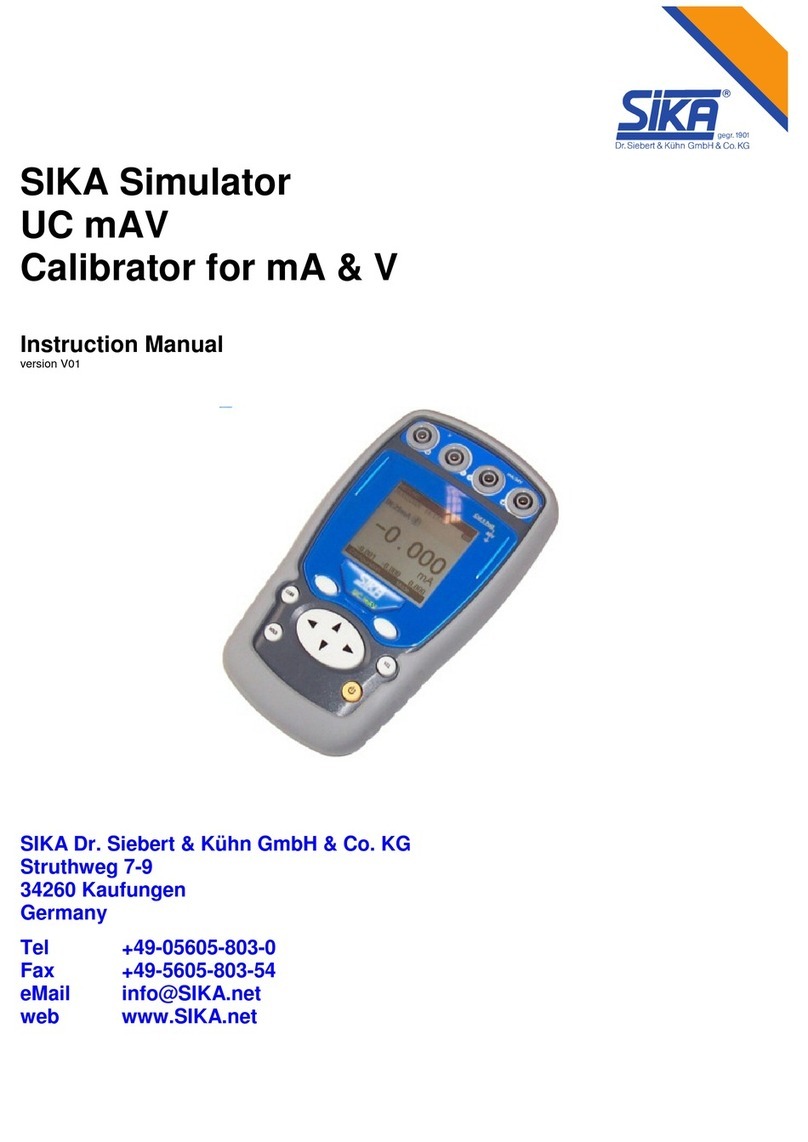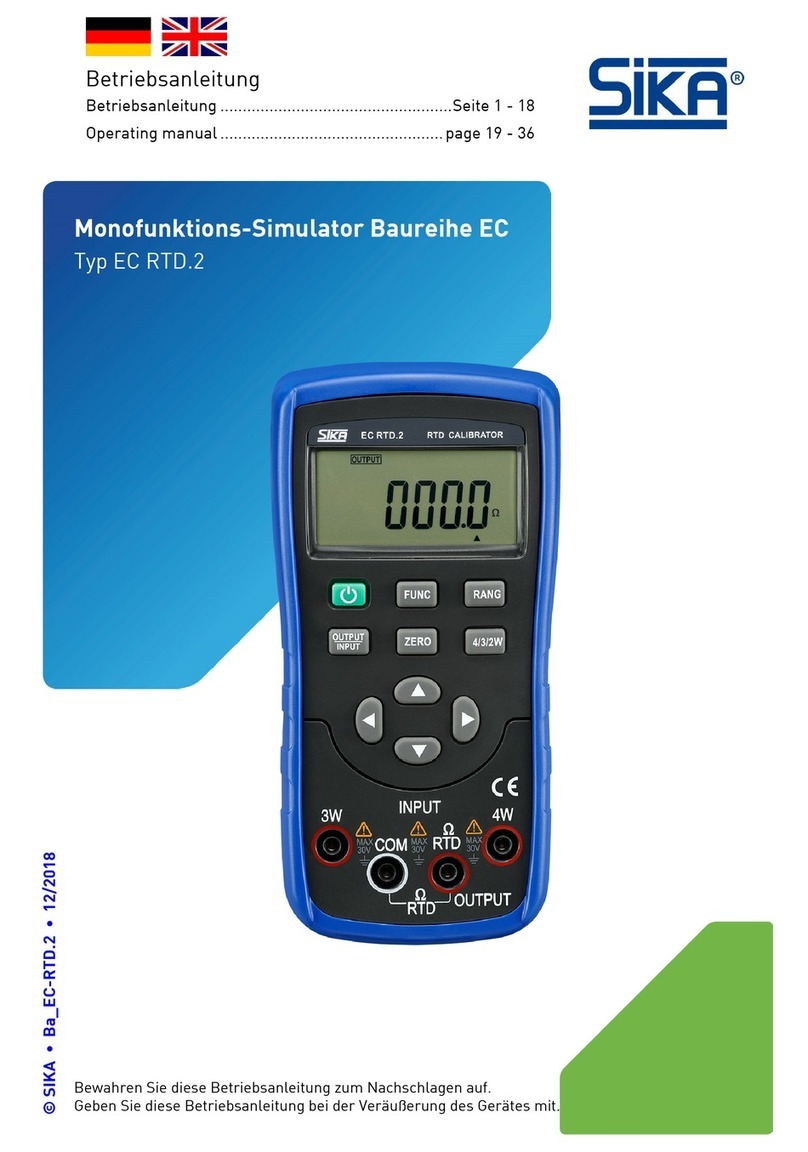
MC 75.2
- 2 - © SIKA •Ba_MC75.2_en •03/2017
Table of contents page
0About this operating manual.........................................................................................4
1General ..........................................................................................................................7
1.1 Introduction .................................................................................................................7
1.1.1 About this guide ......................................................................................................8
1.2 Instrument...................................................................................................................8
1.2.1 General view of the unit ..........................................................................................8
1.2.2 Housing ...................................................................................................................9
1.2.3 Connection terminals .............................................................................................9
1.2.4 Side connectors ....................................................................................................10
1.2.5 Screen ...................................................................................................................10
1.2.6 Keyboard ...............................................................................................................11
1.2.7 Batteries and charger...........................................................................................12
1.2.8 Sand and Strap......................................................................................................12
1.3 General description...................................................................................................13
1.3.1 User Interface .......................................................................................................14
1.4 Safety.........................................................................................................................17
1.4.1 Compliance with safety standards .......................................................................17
1.4.2 Instructions ...........................................................................................................17
1.4.3 Making measurements.........................................................................................17
1.4.4 Unusual faults and stresses.................................................................................18
1.4.5 Definitions .............................................................................................................18
1.5 Service.......................................................................................................................19
1.5.1 Maintenance menu ...............................................................................................19
1.5.2 Cleaning ................................................................................................................19
2Getting started.............................................................................................................20
2.1 Powering on...............................................................................................................20
2.2 Measurement ............................................................................................................21
2.2.1 Voltage measurement (DC) ..................................................................................22
2.2.2 Current measuring (DC) .......................................................................................22
2.2.3 Resistance measuring ..........................................................................................25
2.2.4 Continuity test .......................................................................................................25
2.2.5 Frequency measuring (signal)..............................................................................26
2.2.6 Frequency measuring (dry contact) .....................................................................26
2.2.7 Pulse counting ......................................................................................................26
2.2.8 Temperature measurement (RTD).......................................................................27
2.2.9 Temperature measurement (Thermocouple) ......................................................28
2.2.10 Pressure measuring.............................................................................................28
2.2.11 Pressure switch test.............................................................................................29
2.3 Generation / Simulation ............................................................................................30
2.3.1 Voltage generation (DC)........................................................................................31
2.3.2 Current generation (DC) .......................................................................................31
2.3.3 Resistance generation ..........................................................................................32












